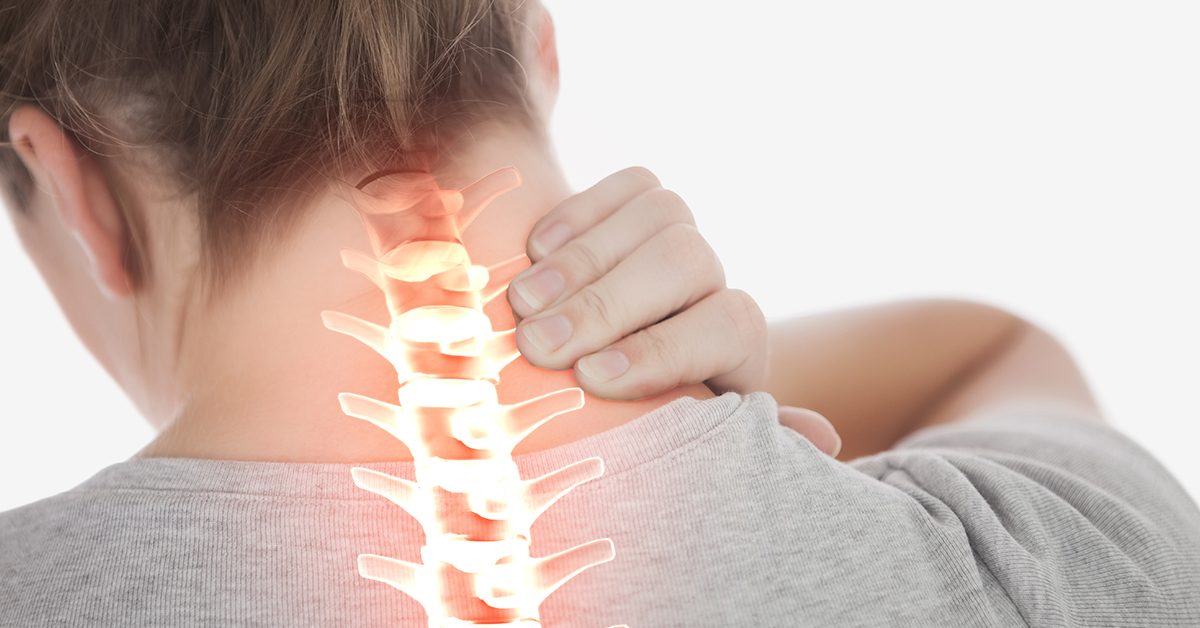Back and Neck Pain

What are Back and Neck Pain?
We don't usually think about our necks or backs, so when pain or irritation begins, it can seem overwhelming. That pain can last for hours, days, or years, depending on the cause.
This article refers to acute and chronic pain. Acute pain is sudden, sharp, and related to tissue damage. Acute pain can subside instantly or last three to six months. If acute pain isn't relieved, it can lead to chronic pain. Chronic pain continues even after an injury has healed and lasts more than three to six months. The source of chronic pain can be something identifiable, like an ongoing injury, or something unidentifiable, like when no injury is present. Chronic pain is described as an aching, deep, burning or dull feeling that carries into the extremities.
What causes Back and Neck Pain Overview?
Most pain in the back and neck is caused by issues with muscles. This is often more mild pain, caused by muscle tension, cramps, or sprains. Poor posture can cause back and neck pain by forcing the spine into an incorrect position. This position causes weight to be distributed incorrectly. Pain can also be caused by wear-and-tear from aging or overuse through conditions like arthritis. This can cause degeneration that leads to nerve compression. Traumatic injury can also causes neck pain. This can be through a sudden impact or blow and can cause conditions like herniated disc.
What are the Vertebral Discs?
Your spine is made of different sections of vertebral discs. The cervical section of the spine is in your neck, the thoracic section is in your upper back, and the lumbar section is in your lower back. Vertebral discs separate the vertebrae in your spine, acting as shock absorbers for the spinal column by providing a cushion between the vertebrae. These discs are made of tough, elastic material that allows the spine to bend and twist naturally. The tough outer wall of the disc is called the annulus fibrosis, while the soft material contained inside the disc wall is called the nucleus pulposis.
Vertebral Disc Wall Weakness
Despite their strength and elasticity, vertebral discs can be damaged by injury or everyday wear-and-tear from aging. Often, this damage starts with cracking and weakening of fibers in the disc's annulus fibrosis. Radial tears can form in the disc wall, in or near sensitive nerve fibers.
Nucleus Pushing Through The Vertebral Disc Wall
As the outer wall weakens, the nucleus pulposis will push through the wall's tear to the edge of the disc wall. This additional pressure creates back pain at the level of the affected disc.
Pressure Against Nerve Roots
If the nucleus pulposis pushes through and out of the disc wall's outer edge, it's called a herniation or a rupture. This herniated disc material may put pressure against the nerve roots near the disc, which can cause radiating pain to travel down one or both of the legs.
How are Back and Neck Pain Overview treated?
Treatment of any back or neck pain will vary depending on the severity and location of the condition. Your doctor may recommend conservative treatment methods like physical therapy, injections, rest, activity modification, medication, or others. In some cases, surgery may be necessary.
